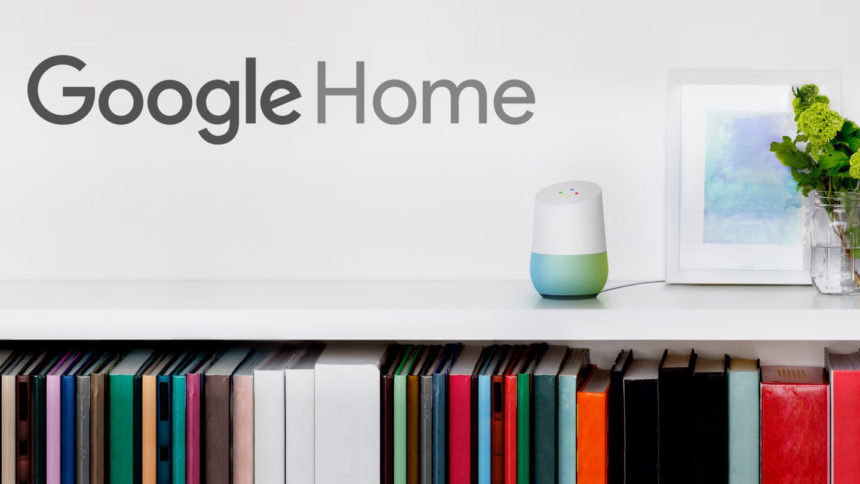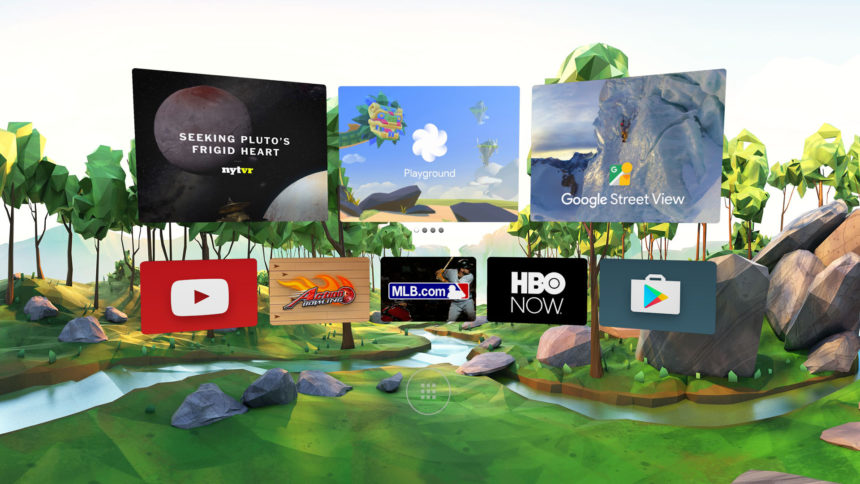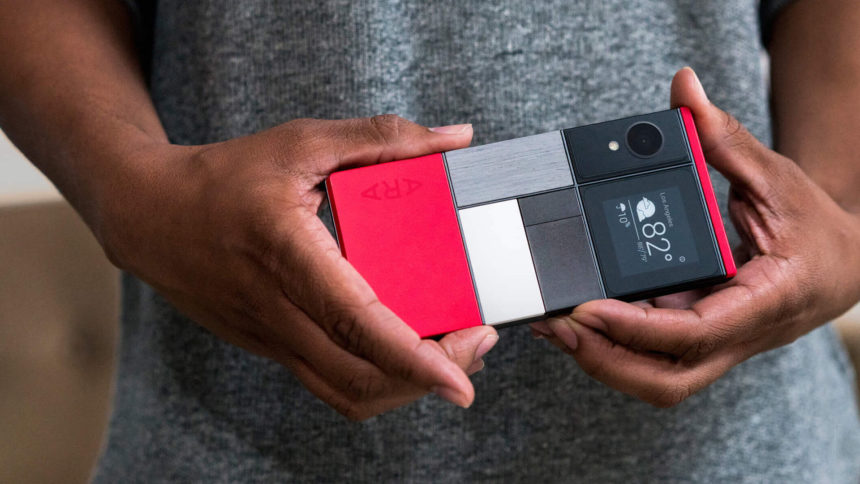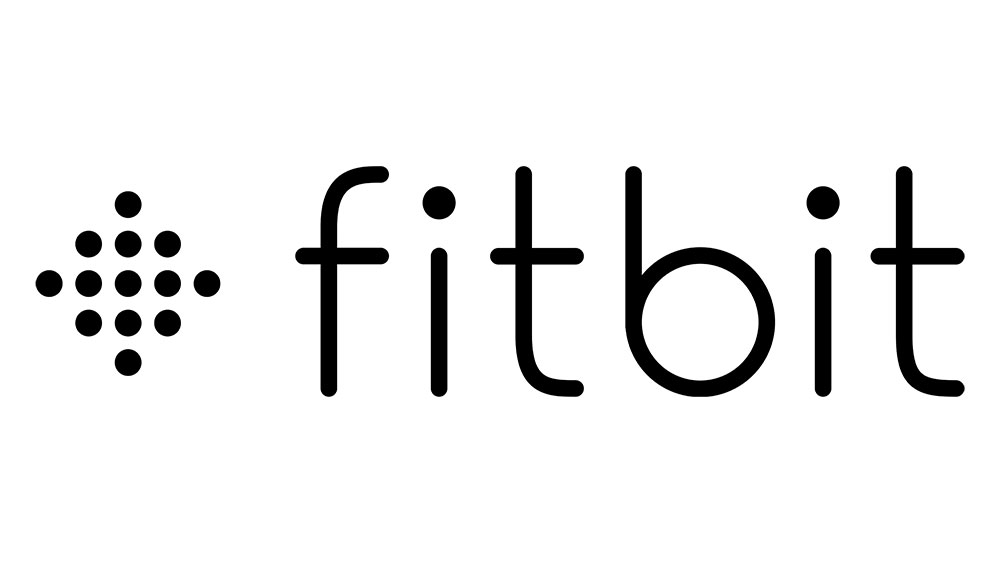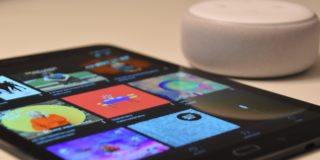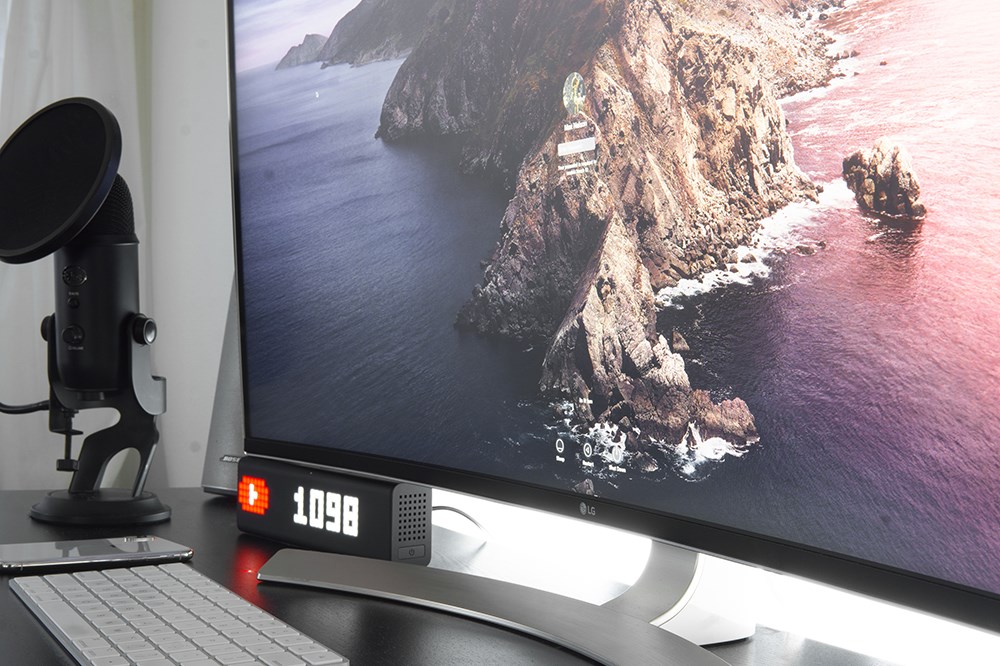The HT Guys Overview of Google I/O 2016
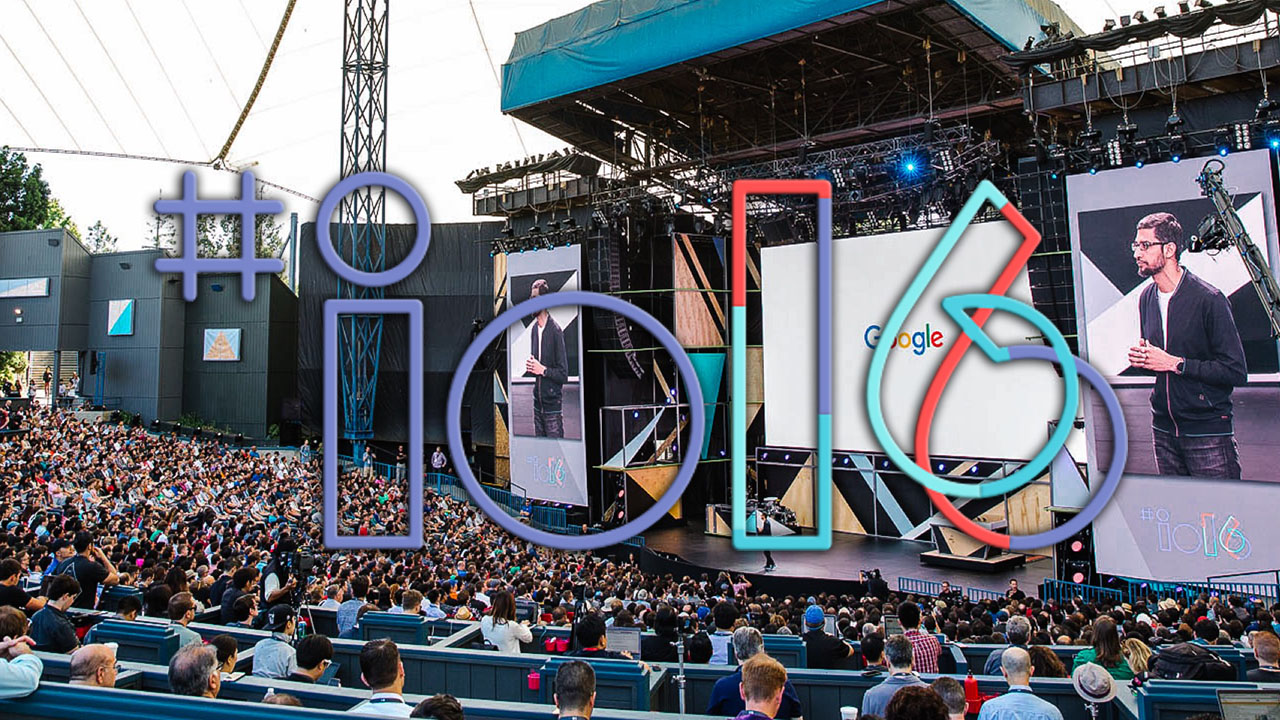
Google has dabbled in the Home Theater and Home Automation arenas for quite a while, going all the way back to the Logitech Revue and Google TV in 2010, and there were a few devices before that failed experiment as well (check out our review of the Logitech Revue in Episode 452 of The HDTV & Home Theater Podcast). Even with the success of more recent devices like the Chromecast, it still feels like Google is just toying with us, but that all may change soon. Some of the announcements out of this year’s Google I/O conference are pretty exciting, and very promising. Plus, they have something called Project Ara – how can we not talk about that?
Google Home
Perhaps Google’s most relevant announcement to listeners of The HDTV & Home Theater Podcast was a competitor to Amazon Echo which the company calls “Google Home.” Google Home is exactly what you’d picture if you were told someone was going to launch an Echo competitor. It’s a small speaker you plug into the wall with always-listening, far-field microphones that can hear you from across the room.
Just like the Echo, Google Home will answer your questions, play your music, and control some of your home automation components. Of course Google will tell you that their device is better at most of those things than the Amazon device, but they have to say that. One area where Google Home definitely has an advantage, on paper at least, is multi-room support. While the Echo isn’t great at multi-room configurations, Google Home is designed with multiple rooms and speakers in mind from the start. It’s built on the Cast standard, so you can talk to any speaker and tell it to play music on other speakers, just like you can with Google Cast Audio. We’re not yet sure if it will support synchronized music in multiple rooms, a feature at which companies like Sonos and Apple currently excel, but if it doesn’t at launch, we can’t imagine it’ll be too far off.
The Google Home device itself was the big announcement, but the company followed that up by announcing an expected delivery date of later this year. The price of the Google Home, however, has yet to be announced, although Amazon, as the current market leader in this category, has already influenced consumer perceptions with prices of $180, $130, and $90 for its Echo, Tap, and Dot devices, respectively. The man behind the Google Home project, Mario Queiroz, also happens to be the same man who launched the only other successful home product in the Google portfolio, the aforementioned Chromecast.
One potential downside of Google Home, at least at this early stage, is that Google has said they don’t plan to be as open a platform as the Amazon Echo, so you can expect less home automation devices to work with it at launch. Stating that the company’s focus is on quality, not quantity, Queiroz claimed that while other platforms may support more devices, the user experience is not always positive or consistent. We cannot confirm nor deny that claim, but Google’s spin on less device support is that each home automation component that is integrated with Google Home will behave just as you’d expect. That’s a tall order, but if it is true, it’ll be pretty awesome (and probably a historical first).
Google Assistant
Google Now is getting an upgrade. Rebranded “Google Assistant,” the new service expands and evolves Google Now’s features in an effort to take on the Siri, Cortana and Alexa’s of the world. The unique feature that sets Google Assistant apart from the rest is the ability to remember prior questions and apply context to new questions.
For example, you could say something like “show me what action movies are playing in my area” followed by a statement like “I’m a fan of anything with vampires in it” to further narrow the search. That sounds more intuitive than most of the digital assistants on the market right now, and it also offers interesting possibilities for voice controlled home automation scenarios. Google Assistant on your Google Home device? That could be pretty sweet.
Daydream
Farewell Android VR, hello Google Daydream. Quite similar in approach to Google Cardboard, the Daydream platform is built by Google, but it’s up to the developers to create the apps, games and experiences that really make it compelling for consumers. Google used the I/O keynote to show off sketches of a reference VR headset and a remote reminiscent of the Nintendo Wii that together will provide motion-controlled gaming and simple user interface navigation while using the Daydream headset. Google also announced that several phones that are “Daydream-compatible” from companies like HTC and Samsung should be hitting store shelves later this year.
Project Ara
Google’s “Project Ara” may not be as cool as HDTV & Home Theater Podcast co-host Ara Derderian, but it’s pretty darn close. The idea behind Project Ara is a totally modular smartphone, basically the marriage of cell phones and legos. Your phone, instead of being one solid piece of electronics, is a bunch of smaller pieces of electronics you choose and put together, where each of the small pieces is replaceable. You could buy a phone, which is basically all the parts you need pre-assembled, or just go out and buy the parts you want and build your own, allowing you to prioritize certain functions in a completely custom way.
For anyone who has seen a commercial about a new phone with a super awesome camera, or crazy long battery life, or a killer screen and wished your phone, the one you just bought six months ago, was that cool, Project Ara solves that for you. Want to add a better camera? Go for it, just replace that module and you’re set. No reason to replace the entire device. Or want to add a better battery, or a louder speaker? Go for it. Or maybe you don’t care about cameras or speakers and want the absolute longest battery life? Just swap the camera and loudspeaker modules for additional battery modules and you’re set for days away from a power outlet. That’s pretty freakin’ cool.
Google announced that Project Ara is coming out of the cool, futuristic idea phase and will be making it into your hands in the very near future. The technology will release to developers in the Fall of 2016 with a consumer release planned in the Spring of 2017. They’re giving plenty of time between the developer release and the consumer release to make sure they have a good idea of what kinds of modules developers will want to create and what kind of modules consumers will want to buy. But bottom line is that the “Google/Lego” phone concept could be on store shelves in less than a year.




